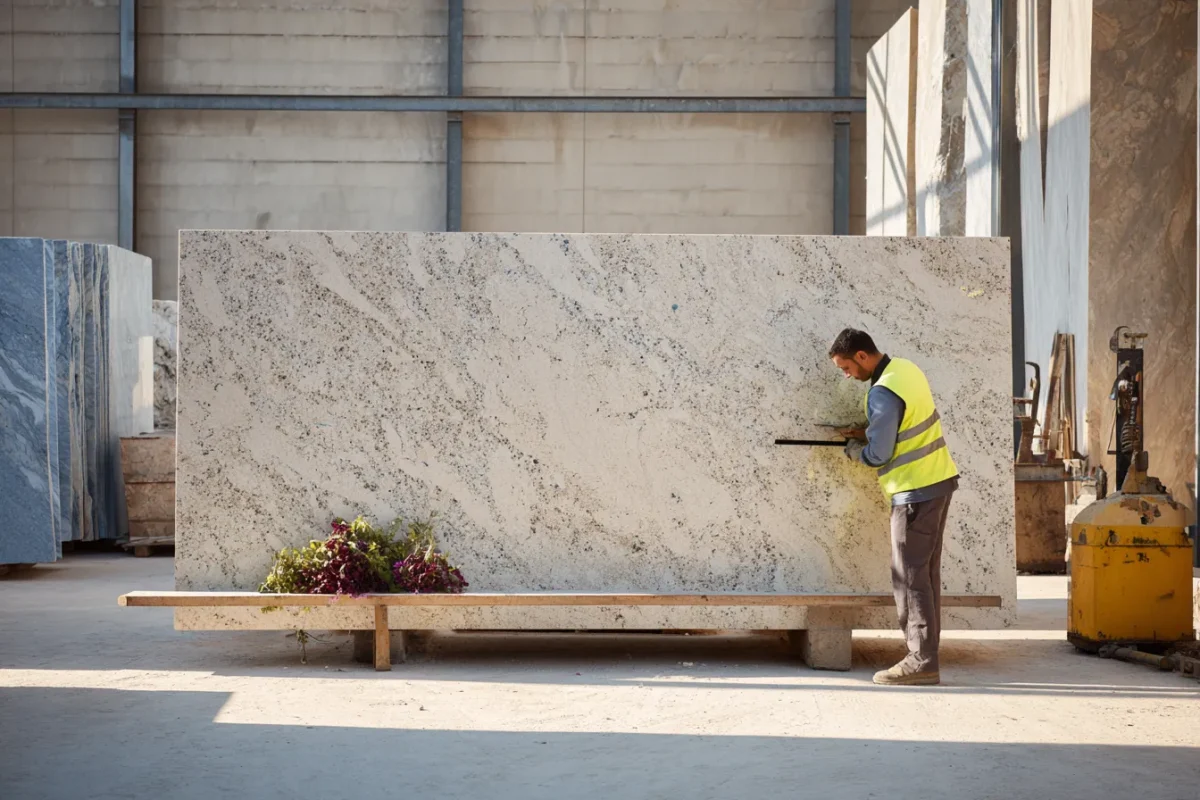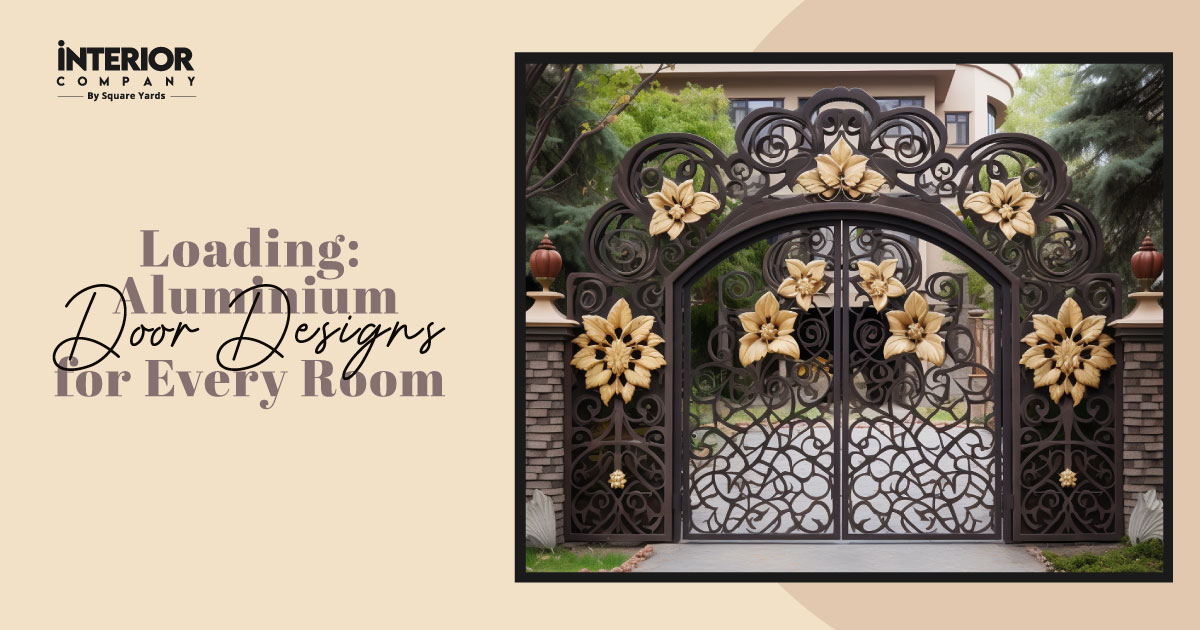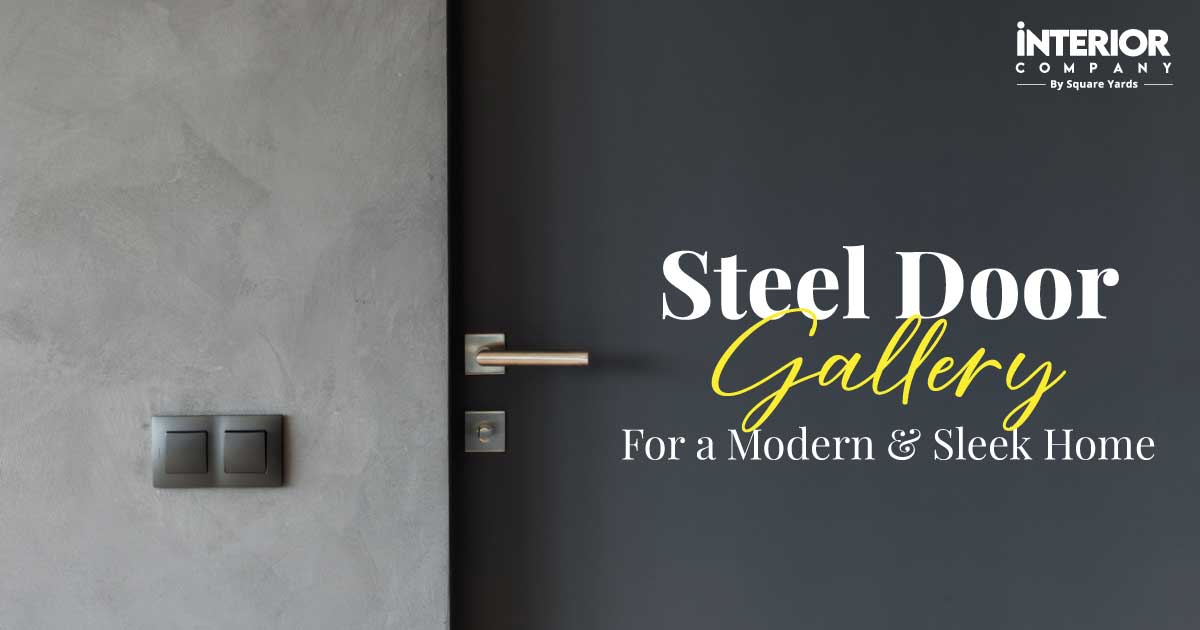- Kitchens
- Design Ideas
- Cities
- Trends
- Guides
- Price Calculators
- Our PortfolioNEW
- More
- Home
- Trends
- Construction
- Materials
- Types Of Brick Masonry
Different Types of Brick Masonry in Construction
Modern man has used brick masonry for thousands of years since 7000 BC. Bricks are the oldest building material which makes them ideal for construction. The rectangular building blocks that are hardened by the sun or kilns to provide a strong foundation for your house. There are several types of brick masonry that are used for different purposes in an architectural structure depending on their material, strength, size and structure. Due to its low cost and durability, it is an ultimate choice that is a must-have when constructing.
Table of Content
This blog details the usage, types and benefits of using brick masonry as a part of construction and other building projects.
Advantages of Using Brick Masonry
The following are the advantages of brick masonry-
- Bricks are heat and fire-resistant, which makes the house more suitable
- They provide a sturdy and long-lasting finish to the house
- Problems in the wall or structure made out of bricks can be sorted without tearing down the whole structure
- Bricks can limit the use of paint
- Clay is the main component in the production of bricks which is present in abundance.
- Brick manufacturing is less expensive as compared to stone, concrete, and steel production.
Distinct Types of Masonry Bricks
There are various types of bricks used for construction; these bricks are formed using materials like lime, cement, mud, clay, and fly ash amongst others. Based on the manufacturing procedures these bricks are divided into sun-dried and burnt bricks primary varieties.
Also Read: Different Types of Construction Pipes You can Use
Sun-Dried Bricks
Source: Pinterest
Sun-dried and unburnt bricks are less durable and are generally used for temporary construction. The production of unglazed bricks consists of three steps i.e. clay production, shaping and drying.
After moulding, the bricks must be exposed to sunlight and dried using the heat of the sun.
These bricks are not very suitable for permanent construction. As such, they are not as strong and are also less water and fire-resistant.
Burnt or Fired Bricks
Source: Pinterest
Amongst various types of brick masonry, burnt bricks are heated in a kiln or furnace after being shaped with a stencil. They are comparatively more substantial than unburnt bricks.
The burnt brick type is a good quality choice, which may also consist of defective bricks. As much as it may be normal to get a defective piece in a large lot of any material, they are expected to be a great choice. Burnt types of brick masonry are available in four categories as mentioned below'
First Class Bricks
First-class bricks are also of better quality as compared to other classes. They are moulded using table moulds and fired in large kilns to bind the material. Therefore, these bricks contain standard shapes, sharp edges and smooth surfaces. They are more durable and stronger, with a quality that can be used for permanent construction. However, due to its superior quality, it is more expensive than another brick masonry.
Also Check: How You Can Measure the Ideal Size for Your Living Room
Second Class Bricks
Bricks of the second class are medium-quality bricks formed using a bottom-forming method. These bricks are also fired in a kiln. However, due to the shape of the bottom, there are no smooth surfaces or sharp edges in this type of brick masonry. The shape of the bricks is also irregular due to the unevenness of the ground. They need to be plastered for brick wall construction. Second-grade bricks also give the best results in terms of strength and durability.
Third Class Bricks
Grade three bricks, like unburned bricks, are lower-quality bricks typically used for interim construction. These are not appropriate for areas with a lot of precipitation. They are cut stone and fired in brackets. The texture of this type of brick is rough and has unattractive edges.
Fourth Class Bricks
Bricks in the fourth class are inferior quality bricks and are not used as structural brick masonry. They are pulverised and used as aggregates in concrete production. They are obtained by overheating and are brittle. Therefore, it is fragile and not suitable for architectural use.
Fly Ash
Source: Pinterest
Fly ash bricks are made from fly ash and water. Fly ash is a fine grey material consisting of spherical glass particlet1 s that are created as a by product of fired coal in electricity generation power stations.
This residue comes into existence when the mineral impurities in coal fuse together coming out of a combustion chamber.
These bricks have much better properties than clay bricks and are very resistant to freeze-thaw cycles. These bricks are also known as auto cement bricks because they contain a high concentration of calcium oxide, which is used to make cement.
Fly ash bricks are lightweight, which reduces the dead weight of the structure. The advantage of fly ash bricks over clay bricks is that they are fire-resistant, have higher strength, are invariant in size for improved grout and plaster, demand less water penetration and need no soaking prior to use in masonry.
Concrete
Source: Pinterest
Concrete blocks are made from materials using materials such as cement, concrete, sand, coarse aggregate and water. These bricks can be made in any size you want. It is used in the construction of timbered and half-timbered buildings, facades and fences to provide an excellent aesthetic presence.
The advantages of using concrete bricks over clay bricks are that they can be made on-site as per requirements, require less mortar, and are coloured during manufacture, thus offering a wide variety of colours.
Lime Sand Bricks
Source: Pinterest
Lime bricks are made using calcium silicate and are commonly known as sand-lime bricks. These bricks are used for various purposes in the construction industry like building decoration work, false ceilings, panels, masonry structures, etc. These bricks are very light as compared to any other type of brick masonry.
Engineering Bricks
Source: Pinterest
Engineering bricks have high compressive strength and are used in special applications where strength, frost resistance, acid resistance and low porosity are required. These bricks are commonly used for masonry structure of basements that are filled with wet coarse, heavy chemical or water spasms.
Uses of Brick Masonry
Bricks are the most important component commonly used in the construction industry for various purposes such as'
- High-quality stone (1st and 2nd grade) is used in the construction of buildings, tunnels, pitching, wells, etc.
- Grade 3 unburned bricks are used for temporary structure construction
- Grade 4 bricks are used as aggregates for the production of concrete
Properties of Bricks
Bricks are an important component of any construction, the properties that represent the same are mentioned below'
Compressive Resilience
Compressive or crushing strength is a component that represents the load a brick can carry by brick per unit area. According to references, the minimum compressive strength of a brick should be 3.5 N/mm2. The resilience can be reduced by soaking the bricks in water before use.
The Hardness of Brick Masonry
Bricks must have resistance to abrasion, to provide a permanent nature the bricks must have this property. It is important to make sure that the bricks are ideal for the type of construction being done and the brick masonry used for it.
Absorption Rate
This is a common property of bricks to absorb water. The only thing to know is that the percentage of each type of brick masonry is they have different absorption percentages.
| Type of Brick Masonry | Water Absorption % by Weight |
| Heavy Duty Bricks | Only 5% |
| First Grade Brick Type | 20% |
| Second Grade Brick Type | 22% |
| Third Grade Brick Type | 25% |
Top Interior Designers in Your City
Ready for a home transformation?
Let our designers assist you!
Recent Posts
The three types of main bricks are facing, common brick and engineering bricks.
Burnt Clay brick is the most ideal choice for construction.
Class A engineering bricks are the strongest but class B is typically used.
The standard brick size is 190x90x9mm with a mortar thickness to be 200x100x100mm.
Related Category
- Exterior Design
- False Ceilings
- Furniture
- Tips and Advice
- Walls and Texture




































